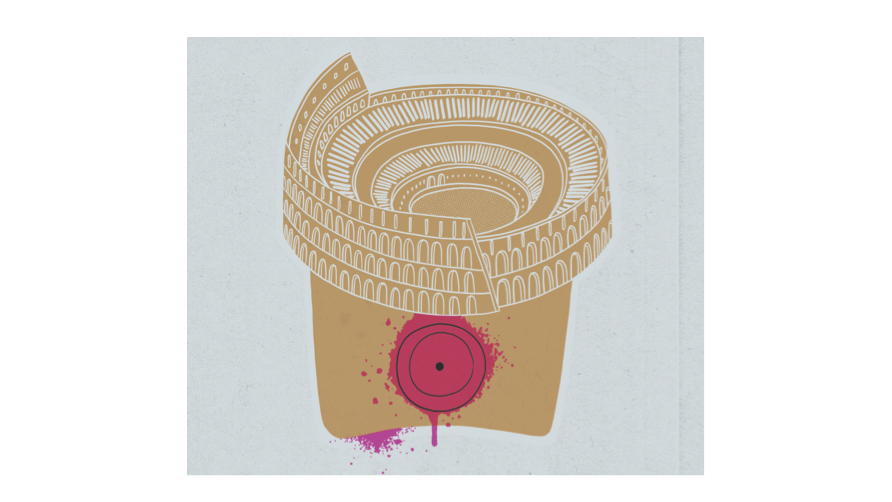‘Writing’, (graffiti art) was once an entirely self-taught, and self-curated, show of defiance, practised by many of the young and is enfranchised in a 1970s New York that bore the visible scars of a city on the verge of breakdown.
Responding to a unique set of socio-economic conditions, writers took their campaign for visibility to the streets. They established the roots of a movement that would shift quickly from the rudimentary ‘tagging’ of one’s name, into the highly complex form that would inspire the largest art movement of the 20th century.
From the earliest cave paintings, to the Catacombs of Rome and recent folklore of Kilroy, writing, with its unauthorised nature, has a long and storied history. Its impact on today’s global youth culture is all the more remarkable. Across geography, culture and language, codified and beautifully decorated scripts are produced for different causes and communities every day – and night – showing new and creative ways to navigate the ever-changing cultural landscape.
A noticeable softening in public attitude has opened minds, as well as the doors to galleries, museums and, as you would expect, commerce. This has spawned a range of products and services for the creative and entertainment industries, each drawing upon a visual identity that evokes risk, rebellion and creative freedom. In many recreational spaces once occupied by playgrounds, playing fields and community centres, writers experiment with form, challenging convention and exploring the limits of personal potential.
In sculpting the visual terrain of neighbourhoods, artists are able to hold the concepts of destruction and creation at the same time. This is a valuable skill in environments where the chall-enges of sustainability and well-being are faced daily.
Perhaps it’s not so strange that a creative and ephemeral art form born entirely out of necessity evokes contempt and condemnation. As unsightly as some of it undoubtedly is, the wider body of creative work serves to alert us to the inequality and trauma hidden behind the walls and within the psyche of neighbourhoods. This is a much easier concept to ignore, and ultimately reject. It’s hard to know if writing’s legacy will be seen in the faded marks of commissioned murals. There’ll be no immediate rush to preserve and curate a body of self-initiated work in the public interest.









